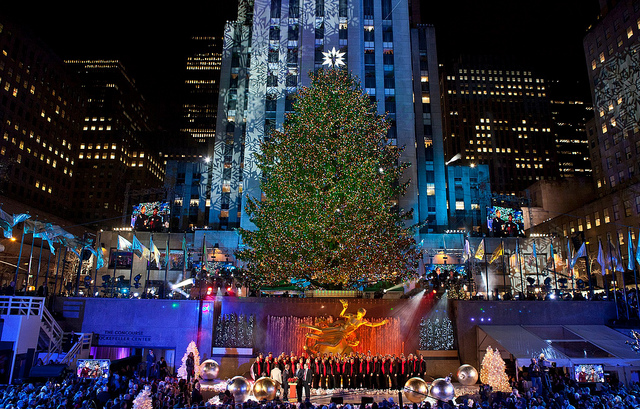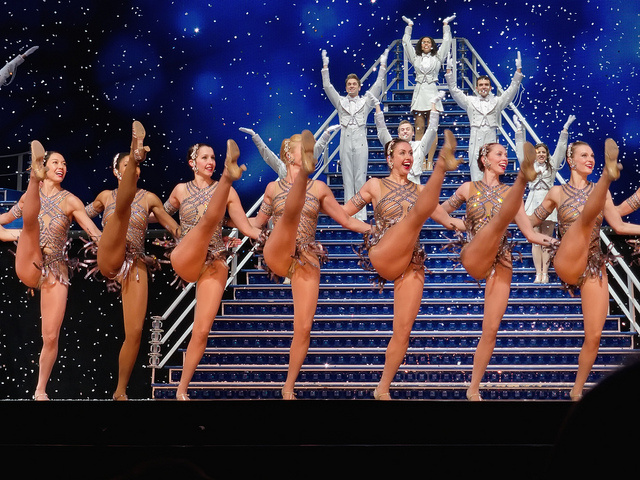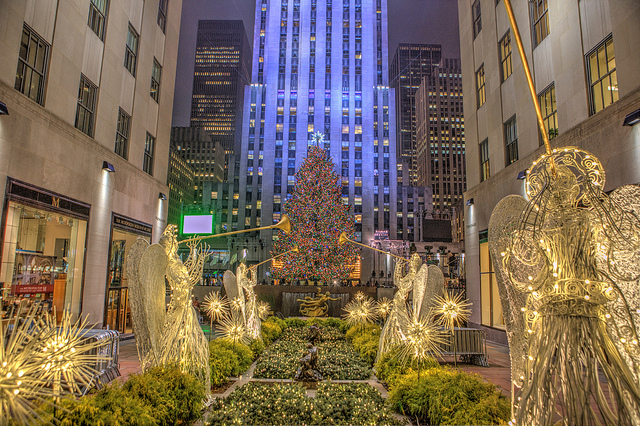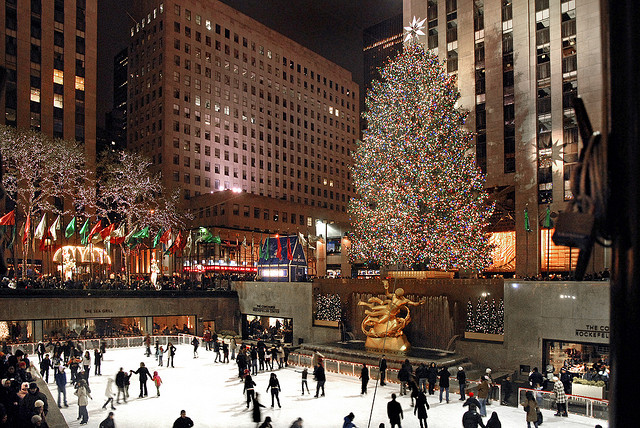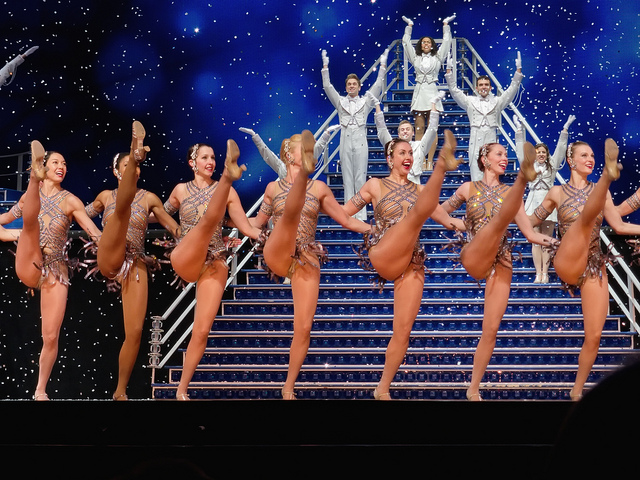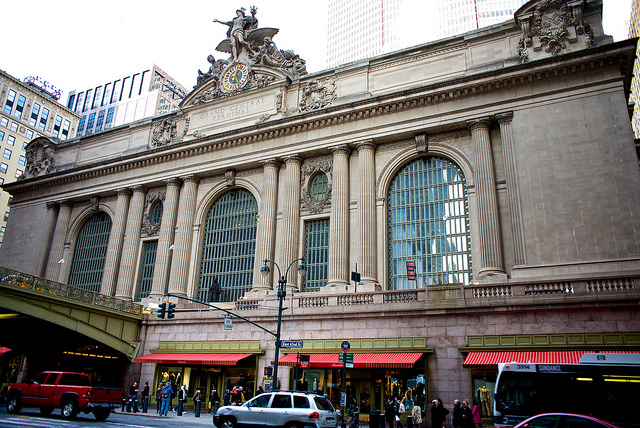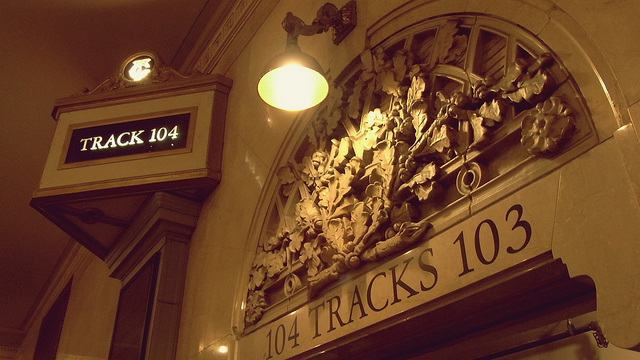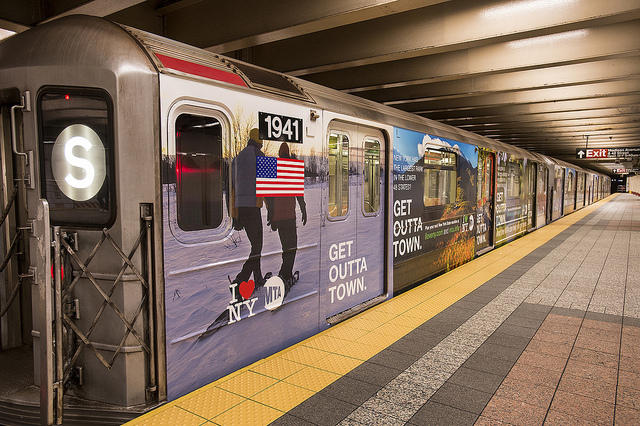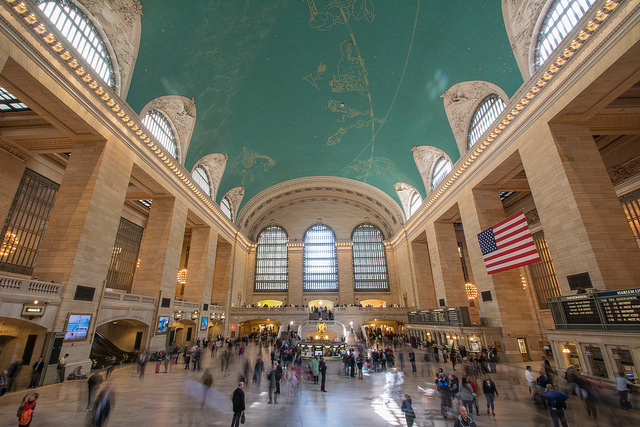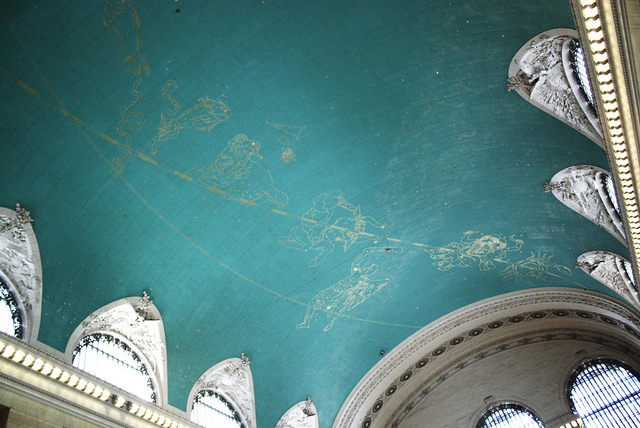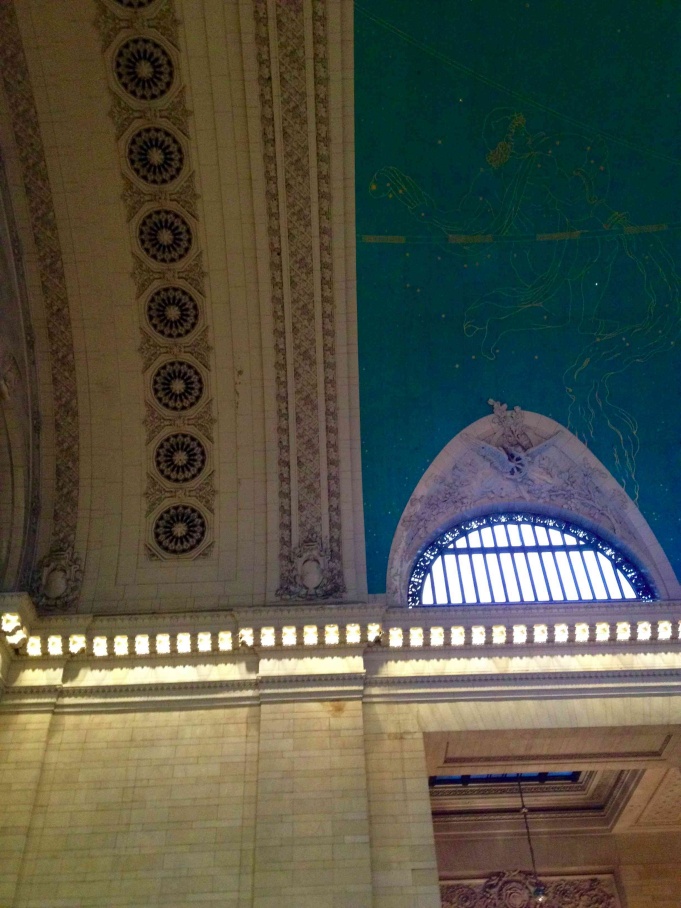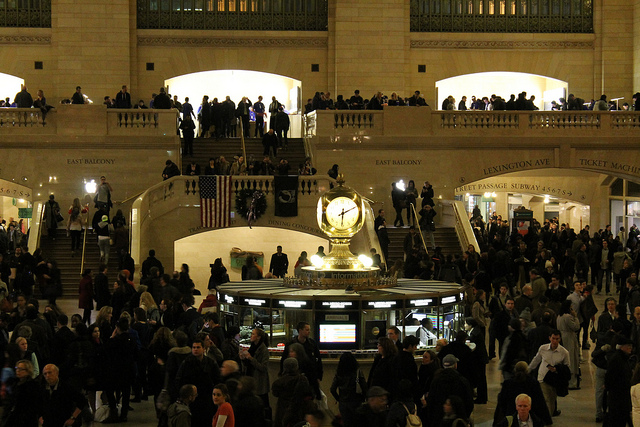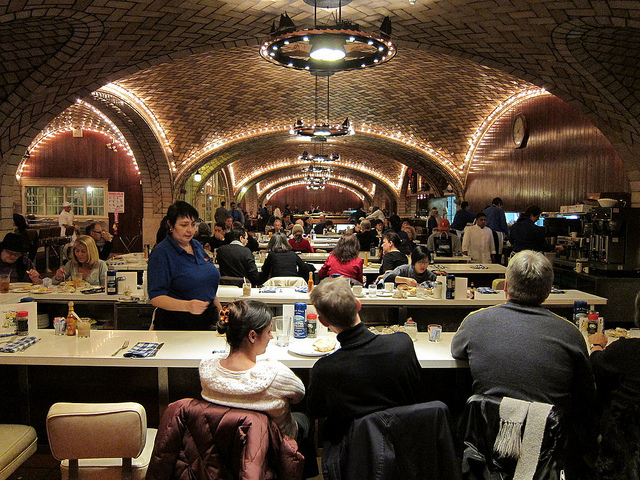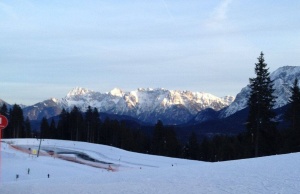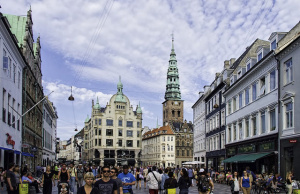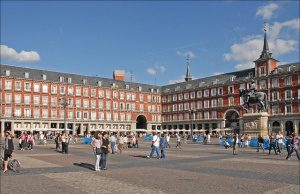New Year’s Eve in Times Square, NYC
With my holiday vacation in the U.S. coming to an end and the New Year just beginning it seemed only fitting to focus an article on one of the most famous New Year’s Eve celebrations worldwide: Times Square in New York City.
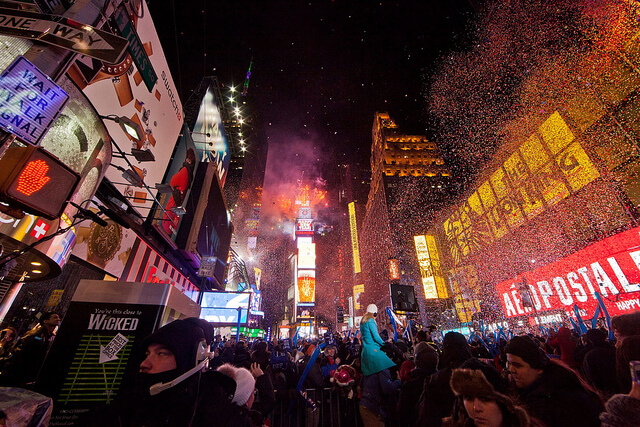
I’ve known about the Ball Drop in Times Square for as long as I can remember. I had the chance to go to the celebration last year, but as most locals will tell you, Times Square at New Year’s Eve is not for the weak. Times Square is overcrowded to me on a Tuesday afternoon, so I can’t imagine how it would feel to have over a million people gathered in a rather small space.
But I digress… It’s pretty famous and I’m sure pretty spectacular if you do end up getting close enough to see anything, so it deserves some attention.
History of the New Year’s Eve Celebrations at Times Square
The year was 1904. New York City was growing at a rapid pace and two monumental accomplishments happened that year: the opening of the city’s first subway line and the first celebration of New Year’s Eve in Times Square.
The original event was to celebrate the official opening of the new headquarters of The New York Times, owned by German Jewish immigrant Adolph Ochs. Mr. Ochs managed to lobby the city to rename the square that surrounded his paper’s new home and thus Times Square was born.
Ochs set the bar quite high for his first celebration. There was an all-day street festival, a fireworks display and cheering so loud at midnight that it could be heard as far as 30 miles up the Hudson River. Two years later, the city prohibited the then-famous fireworks display, but Ochs was not discouraged. Instead he ordered the construction of a large, illuminated seven-hundred-pound iron and wood ball to be lowered from the tower flagpole at midnight to signify the New Year.
This tradition has continued ever year since, with the exception of 1942 and 1943, where the illuminated ball was retired during the wartime. As time went on, organizers improved upon the ball, with the current version using thousands of Waterford crystal triangles attached to LED lights. The ball is also able display over 16 million variants of colors and patterns. Even watching it on TV, it’s pretty spectacular.
So You Want To Go To Times Square On New Year’s Eve?
If huge crowds and long waiting hours in the bitter New York winter don’t deter your drive to witness the Times Square New Year’s Eve festivities here’s what you can expect…
Some articles I read about the festivities said that people begin to arrive in the late afternoon on New Year’s Eve. However, I can remember when the people in the front row of the viewing sections are interviewed during the live show, many say they’ve been waiting since 9am or even earlier. So the most important thing is to get there early… and probably wear an adult diaper.
It is recommended to enter from either Sixth or Eighth Avenue (again, the earlier the better). City blocks are closed off as the festivities get going and I can’t imagine that it would be too fun to be stuck on a side street with no chance to really see anything. The celebration is also a star-studded event with the farewell show this year done by pop star Taylor Swift.
![Close up of the current ball. By Times_Square_Ball_2010.jpg: Susan Serra, CKD from Long Island, USA derivative work: Sealle [CC BY-SA 2.0 (http://creativecommons.org/licenses/by-sa/2.0)], via Wikimedia Commons](https://travelingeurope.biz//wp-content/uploads/2016/01/Times-Square-Ball-300x297.jpg)
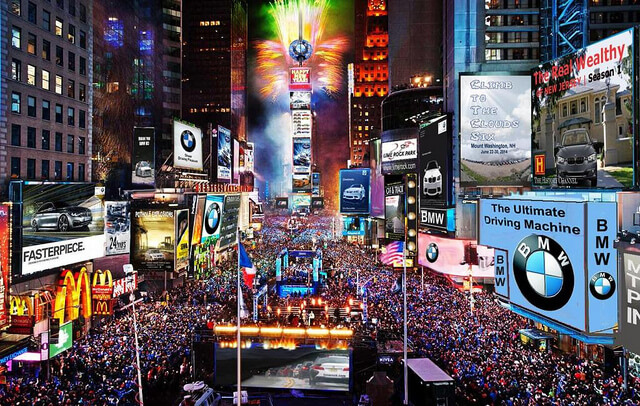
Sound absolutely fabulous and exciting? I guess you’ll have to find out for yourself!
[Ball Drop], [New Years Eve]


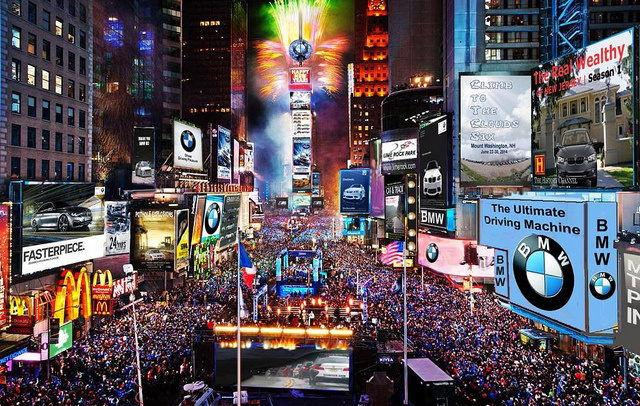
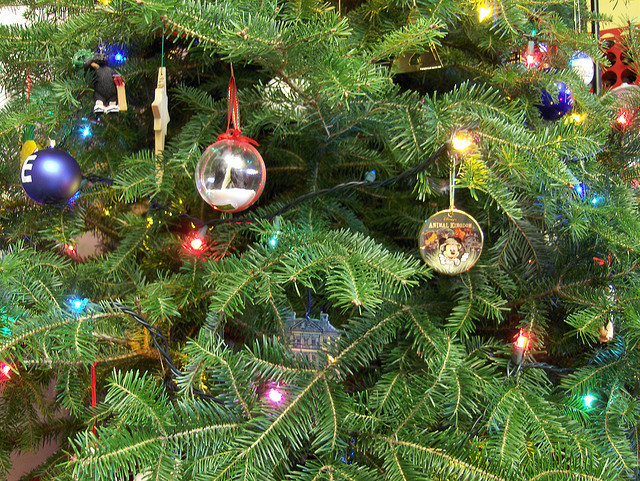
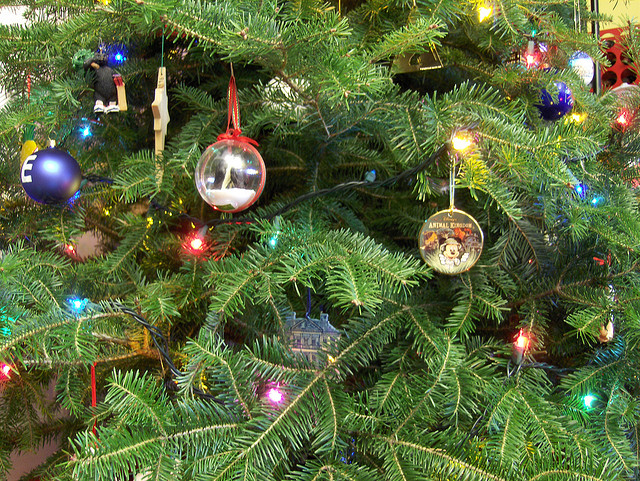
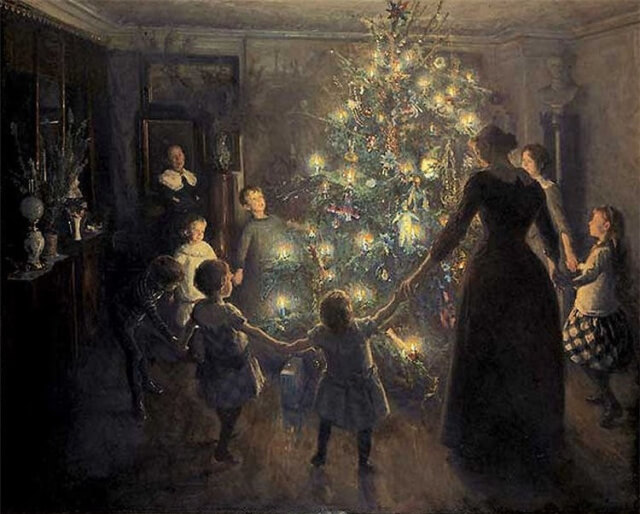
![Queen Victoria and Prince Albert around their Christmas tree. By Godey's Lady's Book [Public domain], via Wikimedia Commons](https://travelingeurope.biz//wp-content/uploads/2015/12/Victoria_and_Albert_Christmas_tree-300x442.jpg)
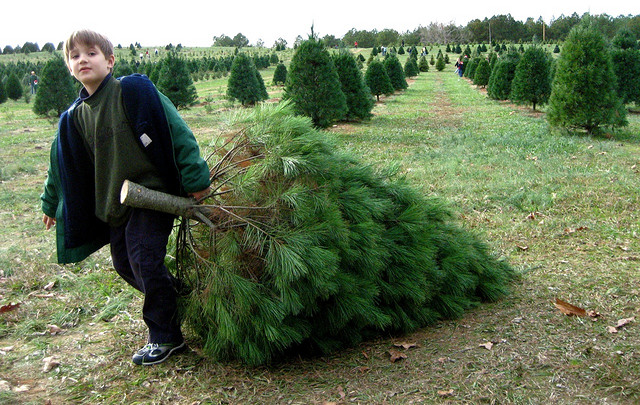
![Christmas tree today. By DR04 (Own work) [CC BY 3.0 (http://creativecommons.org/licenses/by/3.0)], via Wikimedia Commons](https://travelingeurope.biz//wp-content/uploads/2015/12/christmas-tree-in-the-u.s.-681x1018.jpg)
